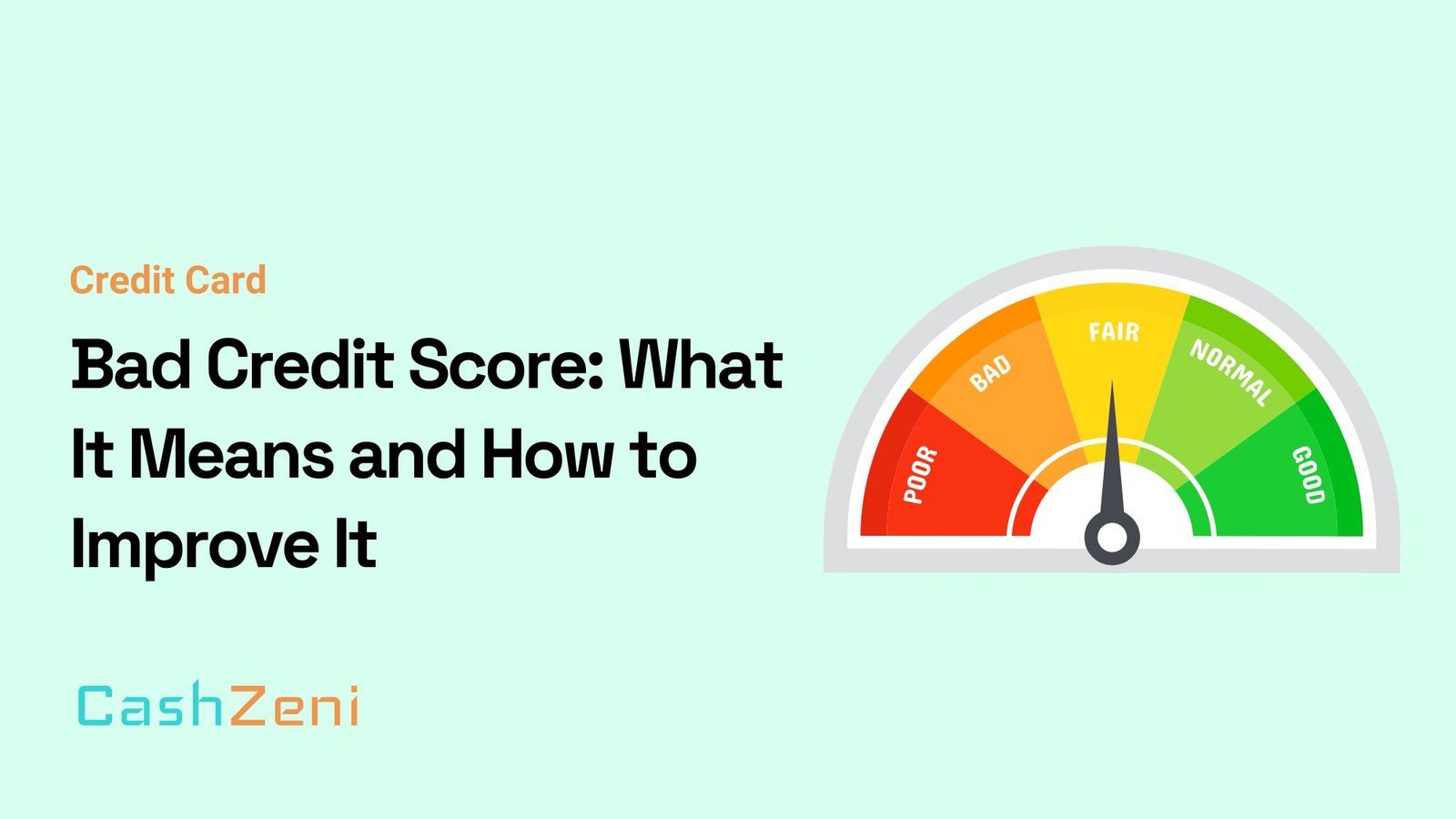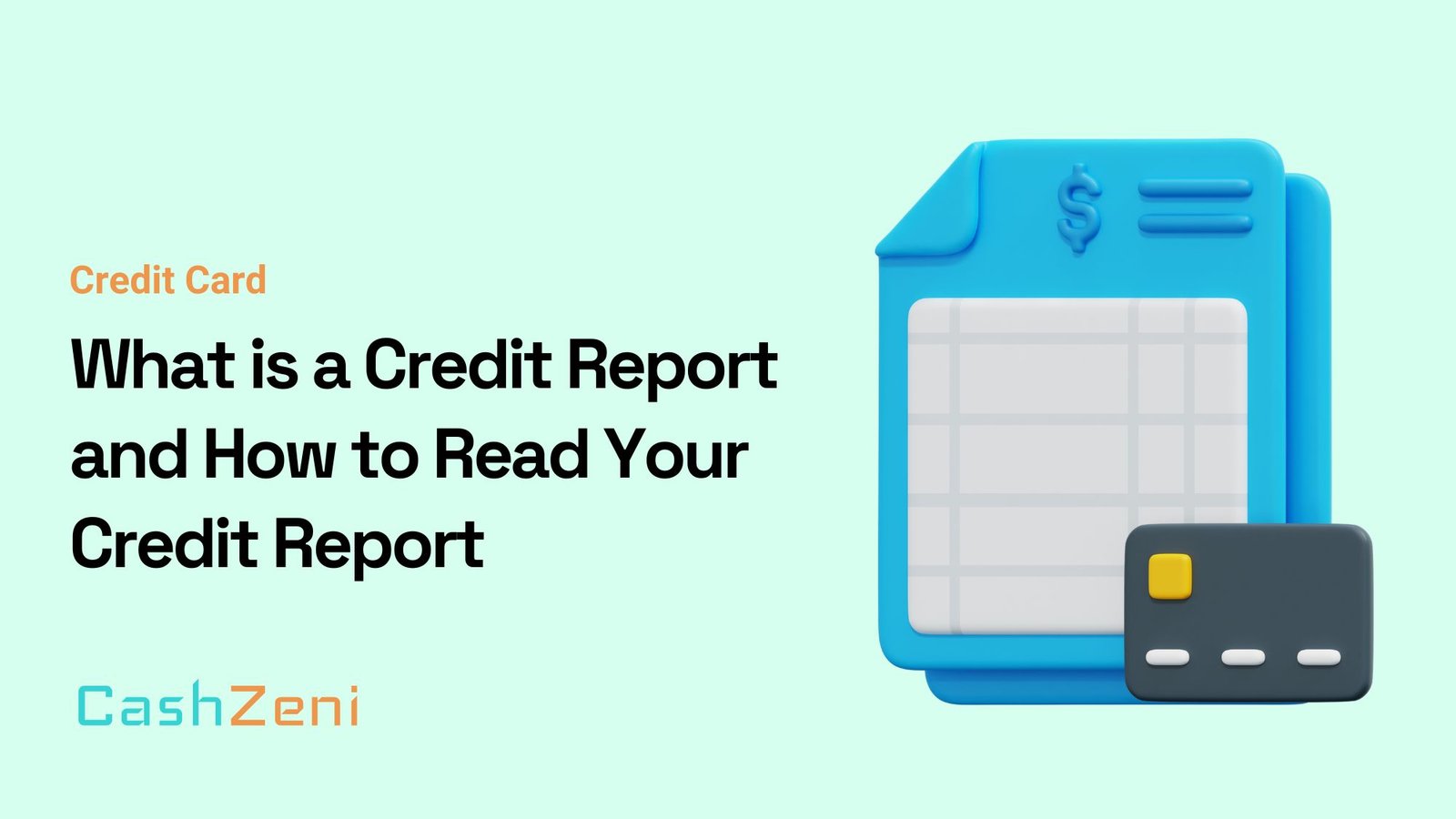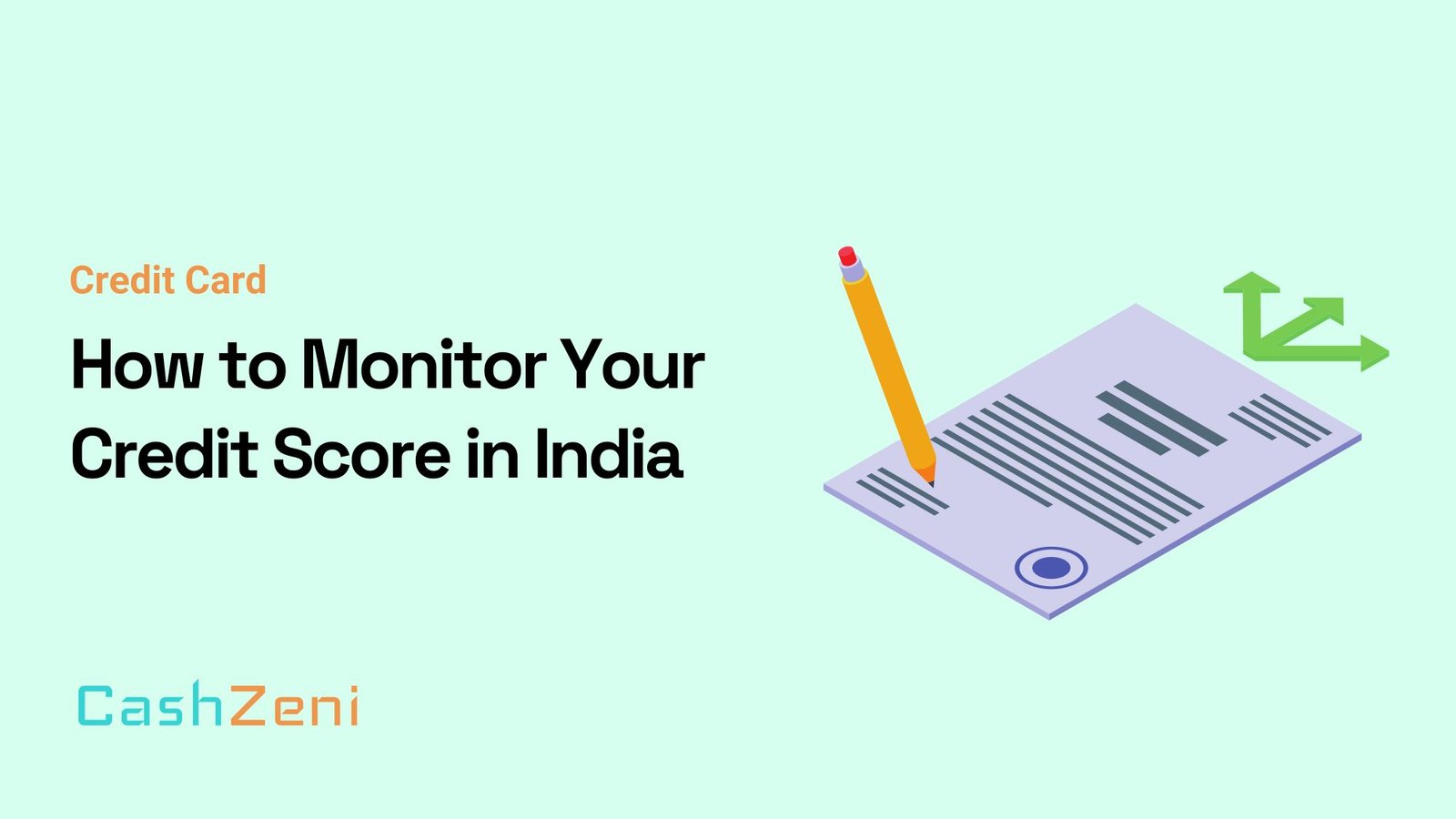Welcome to CashZeni’s comprehensive guide that aims to provide you with a clear understanding of how credit card EMIs work. In this post, we will delve into the intricacies of credit card EMIs, empowering you to make informed financial decisions. By unraveling the mechanics of this popular payment option, we aim to help you manage your finances more effectively.
Table of Contents
What is EMI for Credit Cards?
EMI refers to Equated Monthly Installments, which allow credit cardholders to convert high-value purchases into convenient monthly payments. Instead of making a lump-sum payment, the total amount is divided into equal installments over a specified period. This flexibility provides cardholders with the ability to manage their expenses effectively.
Exploring the Mechanics of Credit Card EMIs:
Credit card EMIs have gained significant popularity as they enable users to convert high-value purchases into convenient monthly installments. This flexible payment option allows you to divide the total cost of a purchase into equal payments over a specified period, alleviating the need for immediate, large lump-sum payments.
How does EMI for Credit Cards Work?
When opting for an EMI on your credit card, the total purchase amount is divided by the chosen tenure, which is typically a fixed number of months. Along with the principal amount, an interest charge is applied to each installment. Each month, you make the predetermined EMI payment until the entire amount is repaid.
Benefits of EMI on Credit Cards:
- Affordability: EMI makes high-value purchases more affordable by spreading the cost over several months. It eliminates the need for immediate, large cash outflows, allowing you to budget your expenses effectively.
- Flexibility: Credit card EMIs provide flexibility in managing your finances. You can choose the tenure that suits your repayment capacity, whether it’s a few months or a more extended period.
- Interest Rates: Credit card issuers often offer competitive interest rates for EMIs. Compared to other borrowing options, such as personal loans, credit card EMIs can be a cost-effective way to finance your purchases.
- No Need for Collateral: Unlike traditional loans, credit card EMIs typically do not require any collateral. This means you don’t have to pledge any assets to avail the EMI facility.
- Rewards and Benefits: Some credit cards offer additional rewards and benefits on EMI transactions, such as cashback, reward points, or exclusive discounts. Taking advantage of these perks can enhance your overall savings.
Converting Credit Card Payments to EMI:
To convert your credit card payments into EMIs, follow these general steps:
- Check Eligibility: Begin by contacting your credit card provider or accessing their online portal to determine if your card is eligible for the EMI facility.
- Select Purchases: Identify the purchases you wish to convert into EMIs, ensuring that the total amount meets the minimum threshold specified by your credit card provider.
- Review Terms and Conditions: Thoroughly examine the terms and conditions associated with the credit card EMI facility. Pay careful attention to factors such as interest rates, tenure options, and any additional charges that may apply.
- Initiate the Conversion: Contact your credit card provider through their customer service helpline or utilize their online portal to initiate the conversion process. Follow the provided instructions to choose the desired tenure and confirm the conversion.
Key Factors to Consider
When contemplating the conversion of credit card bill payments into EMIs, keep the following factors in mind:
- Eligible Transactions: Determine which types of transactions are eligible for conversion into EMIs. Retail purchases, travel bookings, and certain utility bill payments are commonly eligible, but it is advisable to consult your credit card provider for specific details.
- Minimum Purchase Amount: Ensure that the purchase amount meets the minimum threshold specified by your credit card provider. Transactions below this threshold may not qualify for conversion into EMIs.
- Interest Rates: Take note of the interest rates associated with the EMI facility. Interest rates may vary among different credit cards, so it is recommended to compare and select the card that offers the most favorable terms for you.
- Tenure Options: Evaluate the tenure options available for EMI conversion. Choose a tenure that aligns with your financial situation and preferences. Longer tenures may result in lower monthly installments but higher overall interest payments.
Conclusion
We hope this comprehensive guide has provided you with a deeper understanding of how credit card EMIs work. By following the steps outlined and considering key factors, you can make informed decisions when converting your credit card payments to EMIs. At CashZeni, we are committed to empowering you with valuable financial insights, helping you effectively manage your expenses. Make wise financial choices and achieve financial well-being with CashZeni!
Also Read
How to Take a Loan Against a Credit Card?
FAQs
What is a credit card EMI?
A credit card EMI allows you to convert high-value purchases into convenient monthly installments, providing you with the flexibility to pay off the total amount over a specified period.
How does a credit card EMI work?
When you opt for a credit card EMI, the total purchase amount is divided into equal monthly installments. You pay off the installment amount along with applicable interest charges until the EMI tenure is completed.
Can I convert any purchase into a credit card EMI?
Not all purchases may be eligible for conversion into EMIs. Typically, retail purchases, travel bookings, and certain utility bill payments are eligible. Consult your credit card provider for specific details regarding eligible transactions.
How do I convert my credit card bill payment to EMI?
To convert your credit card bill payment to EMI, you need to check your credit card’s eligibility, select the transactions you want to convert, review the terms and conditions, and initiate the conversion process through your credit card provider’s customer service or online portal.
What factors should I consider when opting for a credit card EMI?
When considering a credit card EMI, it’s important to consider factors such as eligible transactions, minimum purchase amount, interest rates, and tenure options. Evaluating these factors will help you make an informed decision and choose the most suitable EMI plan.
Can I prepay or foreclose my credit card EMI?
Most credit card EMI facilities allow for prepayment or foreclosure. However, it’s important to familiarize yourself with the terms and conditions associated with prepayment or foreclosure, as there may be penalties or charges involved. Contact your credit card provider to understand the prepayment options available to you.
What happens if I miss an EMI payment?
Missing an EMI payment may result in late payment fees and potentially affect your credit score. It’s essential to make your EMI payments on time to avoid any negative consequences. If you anticipate difficulty in making a payment, it’s advisable to contact your credit card provider to explore alternative options.



